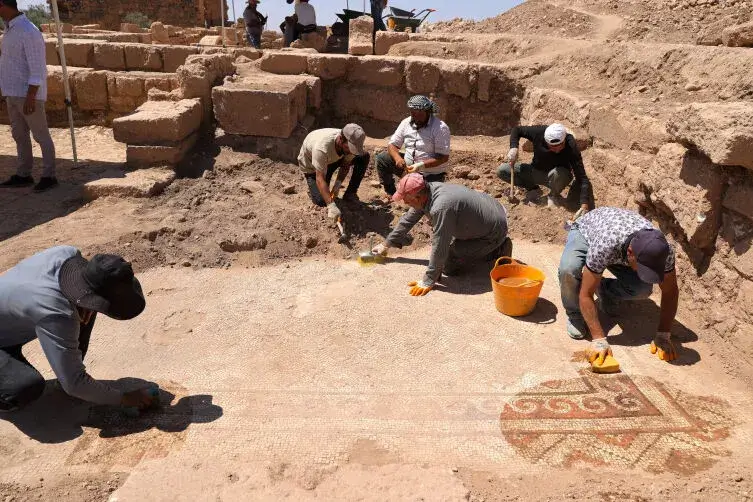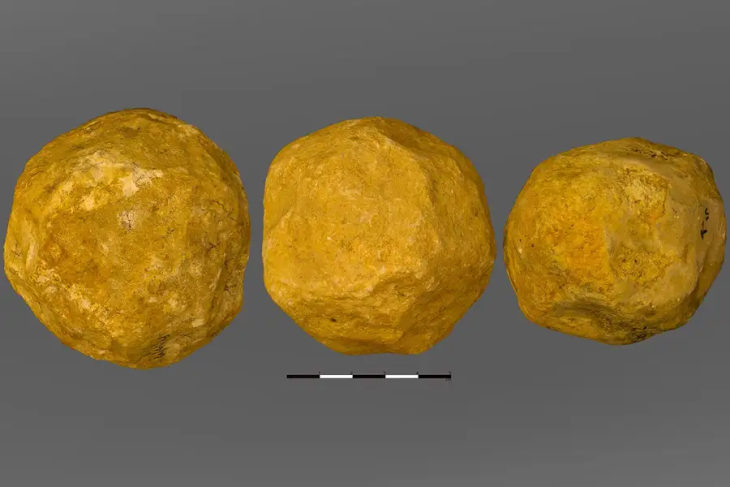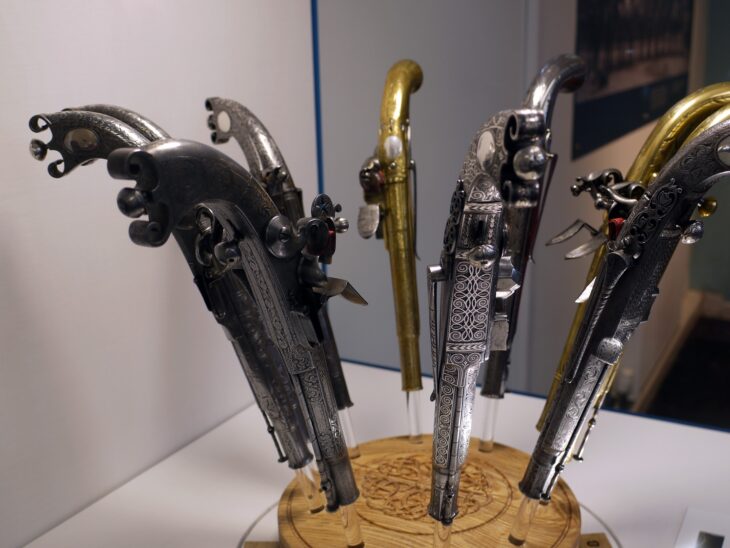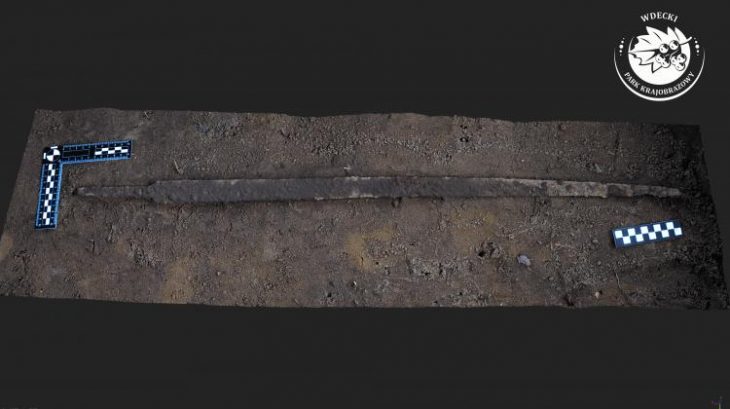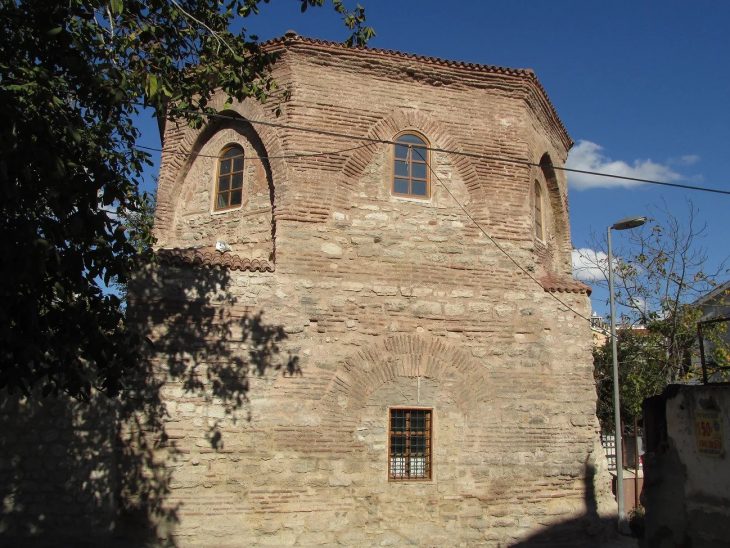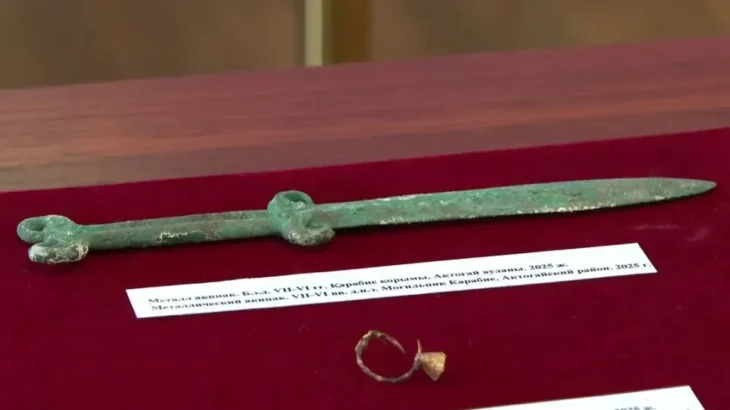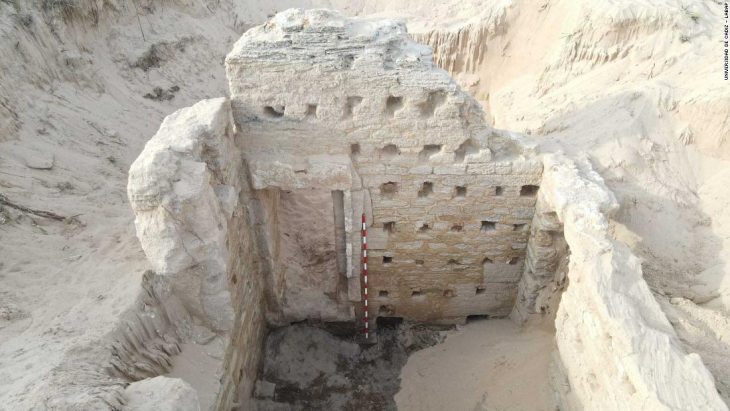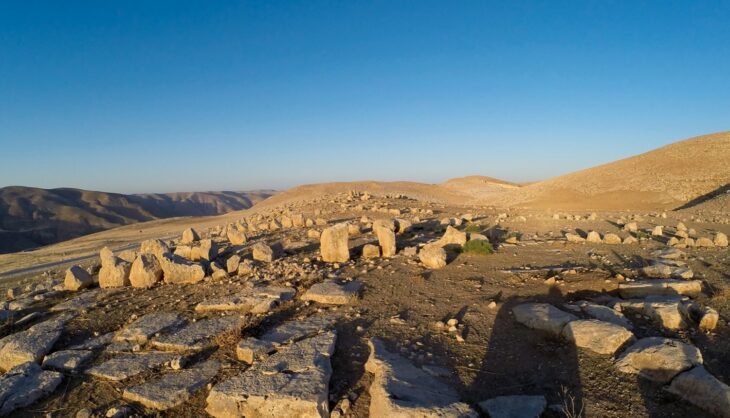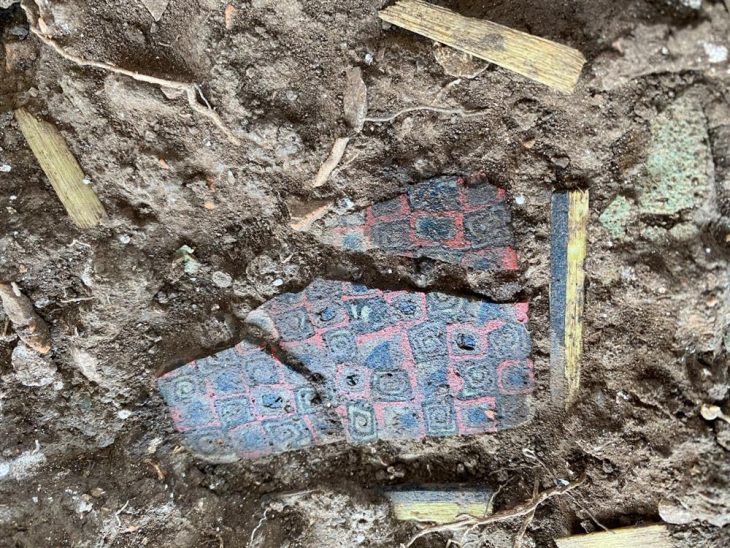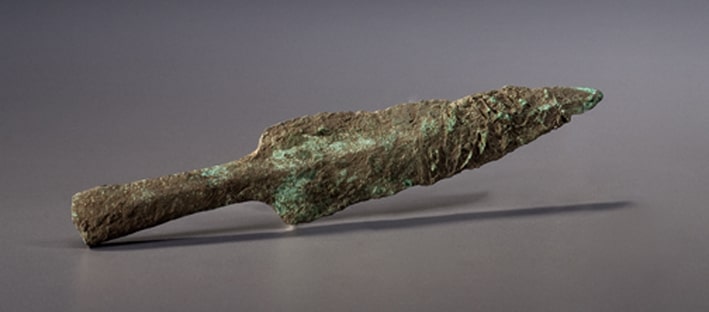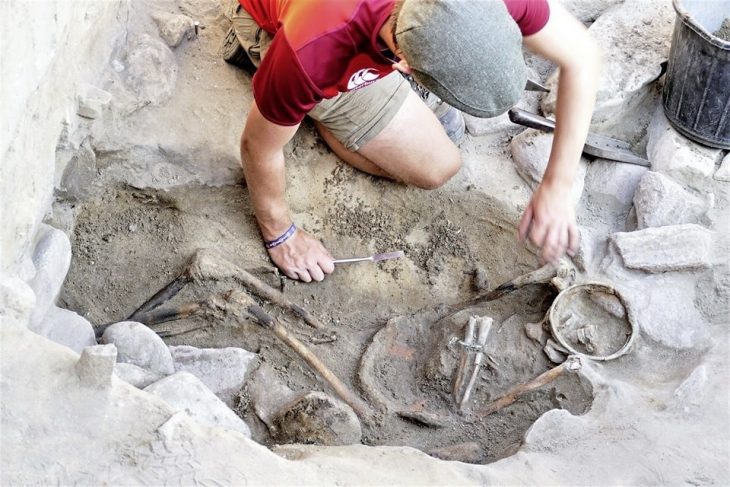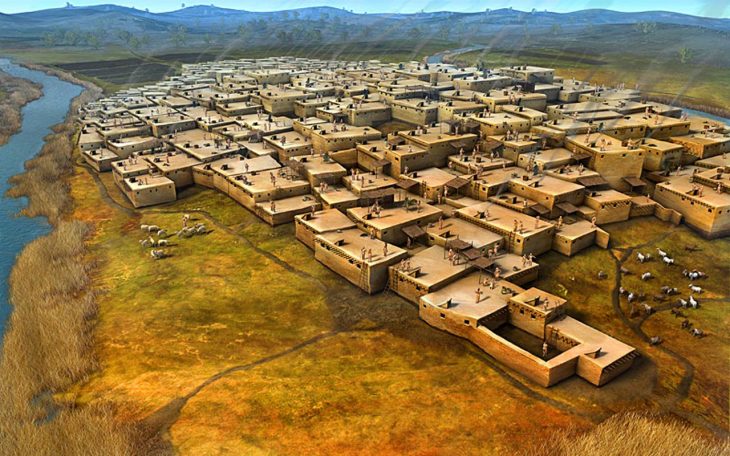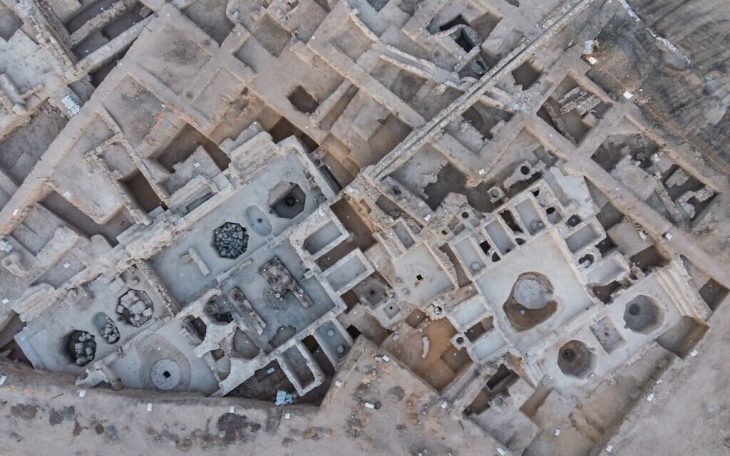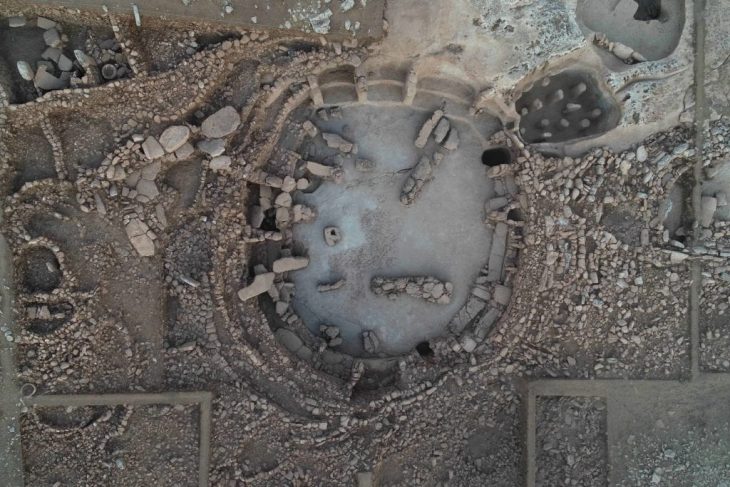According to information provided by Anadolu Agency, archaeologists have recently uncovered a remarkably well-preserved 1,500-year-old mosaic decorated with drop and wave motifs at the ancient city of Dara in the Artuklu district of Mardin, southeastern Türkiye.
Dara was established by the Eastern Roman Empire as a strategic frontier city to defend against the Sasanian Empire. Located approximately 30 kilometers from Mardin’s city center, Dara served as a vital military, commercial, and religious hub in ancient Mesopotamia. The site includes important structures such as a necropolis, church, palace, agora (marketplace), prison, armory, and an ancient water reservoir, reflecting its multifaceted role throughout history.
Ongoing Archaeological Excavations and Recent Discoveries
Excavations at Dara have been ongoing for nearly four decades, with increased momentum since the site was included in Türkiye’s Ministry of Culture and Tourism’s “Heritage for the Future Project” last year. The project aims to accelerate the preservation and study of Türkiye’s archaeological sites.
The recent mosaic floor was discovered in a residential building adjacent to the agora area, where approximately 20 shops and workshops have been excavated alongside an advanced Roman-era drinking water system. The mosaic, covering nearly 50 square meters, is nearly intact and features intricate geometric designs, including wave and diamond-shaped motifs.
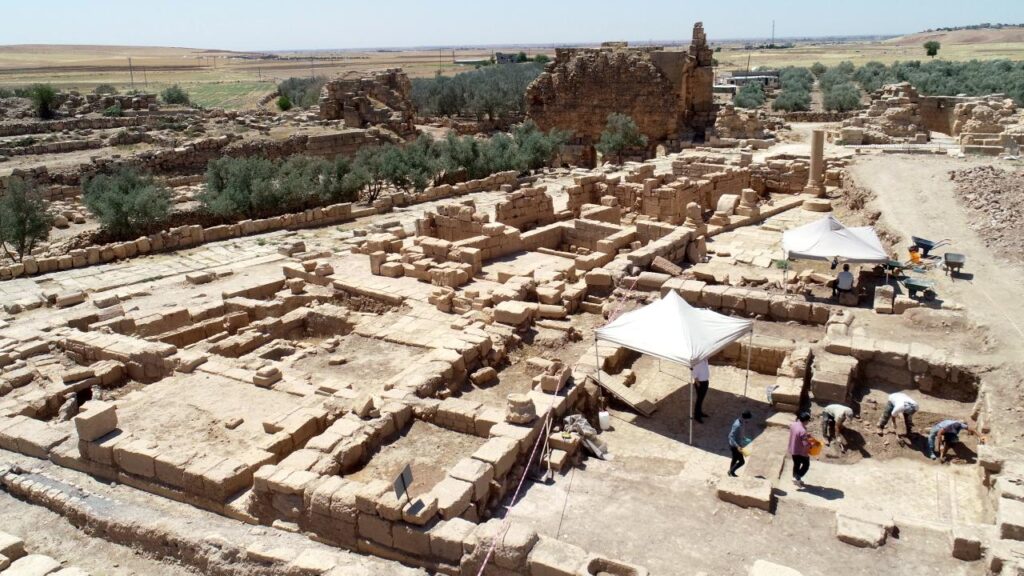
Ayhan Gök, the provincial director of culture and tourism, told Anadolu Agency: “We have been conducting excavations at Dara for 39 years. Since its inclusion in the Heritage for the Future Project, our work has intensified. This newly discovered mosaic is particularly exciting because it shows evidence of ancient restoration and has remained preserved for around 1,500 years.”
📣 Our WhatsApp channel is now LIVE! Stay up-to-date with the latest news and updates, just click here to follow us on WhatsApp and never miss a thing!!
Dara’s Rich Mosaic Culture and Historical Significance
Chief archaeologist Devrim Hasan Menteşe, leading the excavations, explained that Dara is renowned for its rich mosaic culture, especially in the agora and surrounding residential areas. “While many mosaic fragments have been found previously, this is one of the few occasions where an almost complete mosaic floor has been uncovered,” Menteşe said.
Dating from the reign of Emperor Justinian I (525–575 AD) based on coins found on-site, the mosaic underscores Dara’s importance not only as a military garrison housing around 25,000 soldiers but also as a thriving commercial center and spiritual destination.
“Recent discoveries confirm Dara’s role as a significant trade hub in Mesopotamia during Roman times,” Menteşe added. “Inscriptions suggest it was also a religious pilgrimage site, highlighting its multifaceted historical value.”
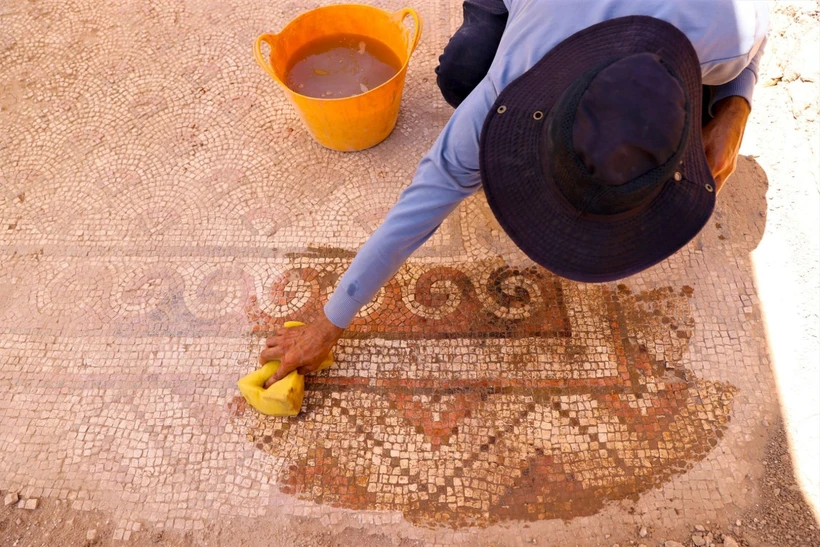
Despite challenging weather conditions, excavation teams continue to reveal vital features such as Dara’s large necropolis, ancient city walls, water cisterns, and agora, enriching our understanding of this ancient city’s cultural legacy.
The newly discovered mosaic is expected to attract more visitors and researchers, further enhancing Dara’s status as a key archaeological and tourist site in southeastern Türkiye.
Cover Image Credit: Anadolu Agency (AA)

